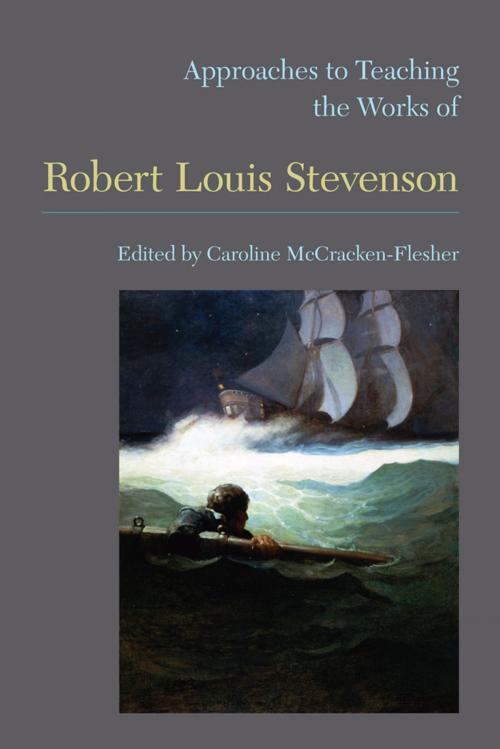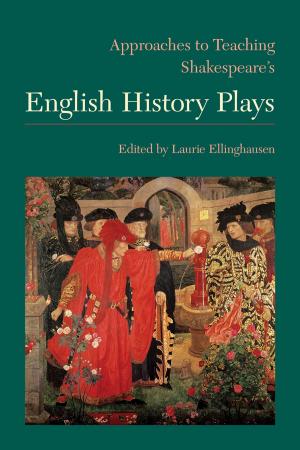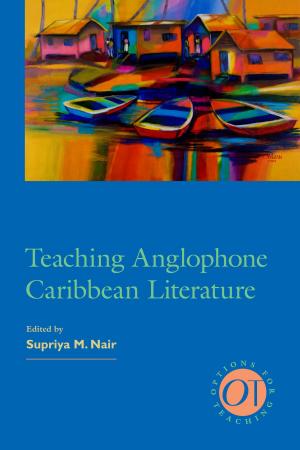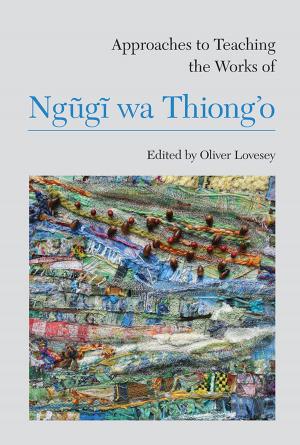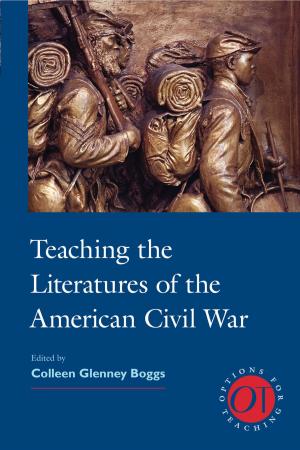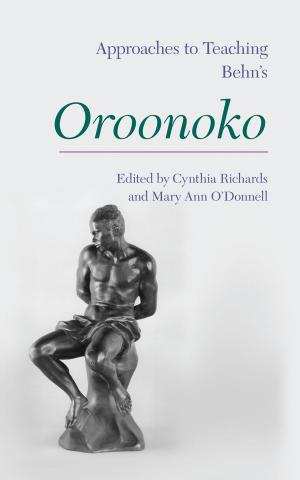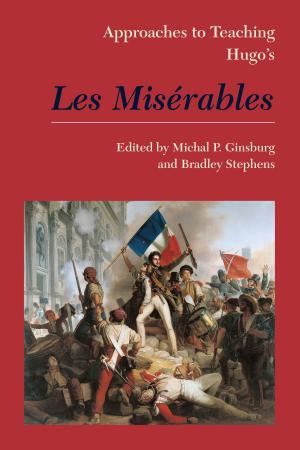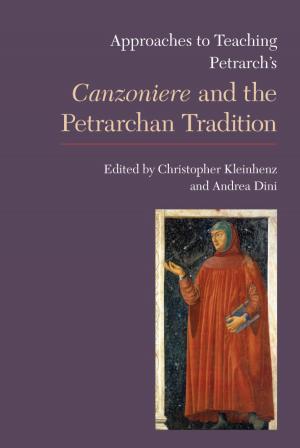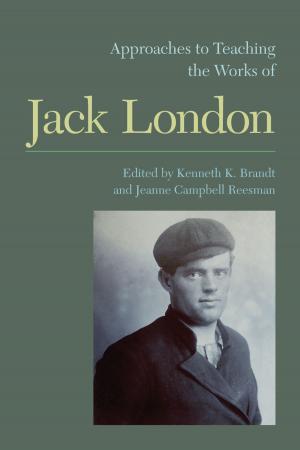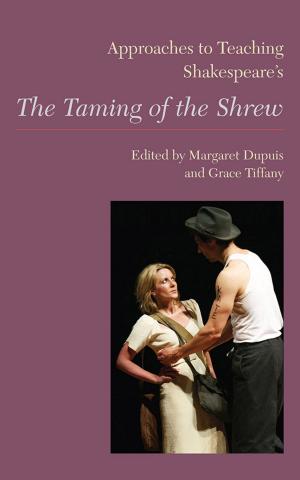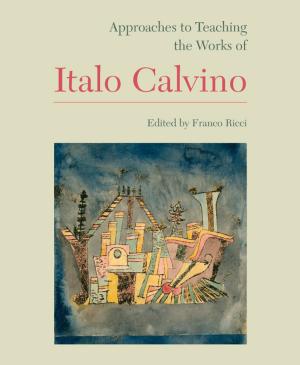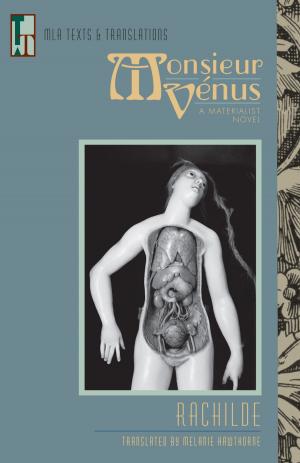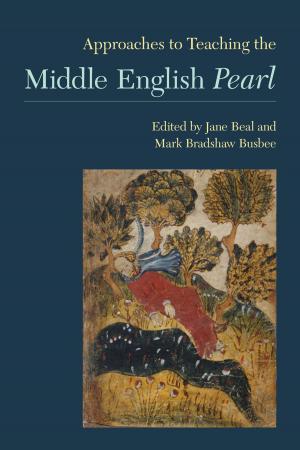Approaches to Teaching the Works of Robert Louis Stevenson
Nonfiction, Reference & Language, Language Arts, Study & Teaching| Author: | ISBN: | 9781603291859 | |
| Publisher: | The Modern Language Association of America | Publication: | December 1, 2012 |
| Imprint: | The Modern Language Association of America | Language: | English |
| Author: | |
| ISBN: | 9781603291859 |
| Publisher: | The Modern Language Association of America |
| Publication: | December 1, 2012 |
| Imprint: | The Modern Language Association of America |
| Language: | English |
Although Robert Louis Stevenson was a late Victorian, his work--especially Treasure Island and The Strange Case of Dr. Jekyll and Mr. Hyde--still circulates energetically and internationally among popular and academic audiences and among young and old. Admired by Henry James, Vladimir Nabokov, and Jorge Luis Borges, Stevenson’s fiction crosses the boundaries of genre and challenges narrow definitions of the modern and the postmodern.
Part 1 of this volume, "Materials," provides an introduction to the writer's life, a survey of the criticism of his work, and a variety of resources for the instructor. In part 2, "Approaches," thirty essays address such topics as Stevenson's dialogue with James about literature; his verse for children; his Scottish heritage; his wanderlust; his work as gothic fiction, as science fiction, as detective fiction; his critique of imperialism in the South Seas; his usefulness in the creative writing classroom; and how he encourages expansive thinking across texts, times, places, and lives.
Although Robert Louis Stevenson was a late Victorian, his work--especially Treasure Island and The Strange Case of Dr. Jekyll and Mr. Hyde--still circulates energetically and internationally among popular and academic audiences and among young and old. Admired by Henry James, Vladimir Nabokov, and Jorge Luis Borges, Stevenson’s fiction crosses the boundaries of genre and challenges narrow definitions of the modern and the postmodern.
Part 1 of this volume, "Materials," provides an introduction to the writer's life, a survey of the criticism of his work, and a variety of resources for the instructor. In part 2, "Approaches," thirty essays address such topics as Stevenson's dialogue with James about literature; his verse for children; his Scottish heritage; his wanderlust; his work as gothic fiction, as science fiction, as detective fiction; his critique of imperialism in the South Seas; his usefulness in the creative writing classroom; and how he encourages expansive thinking across texts, times, places, and lives.
